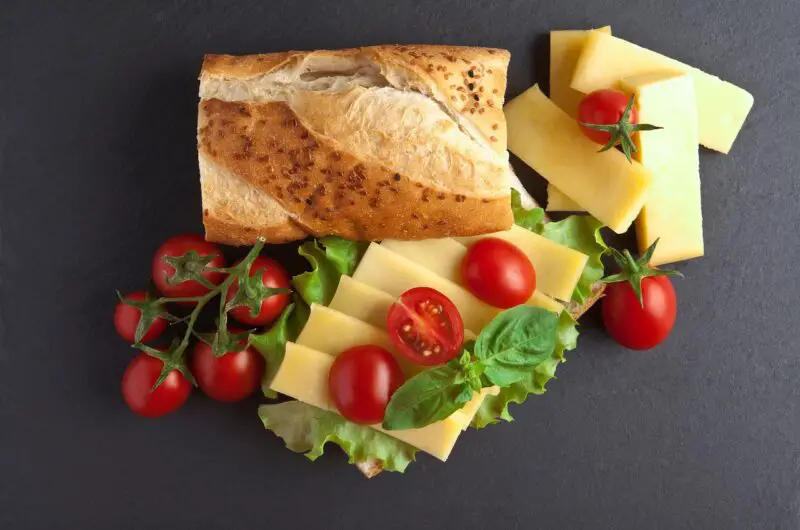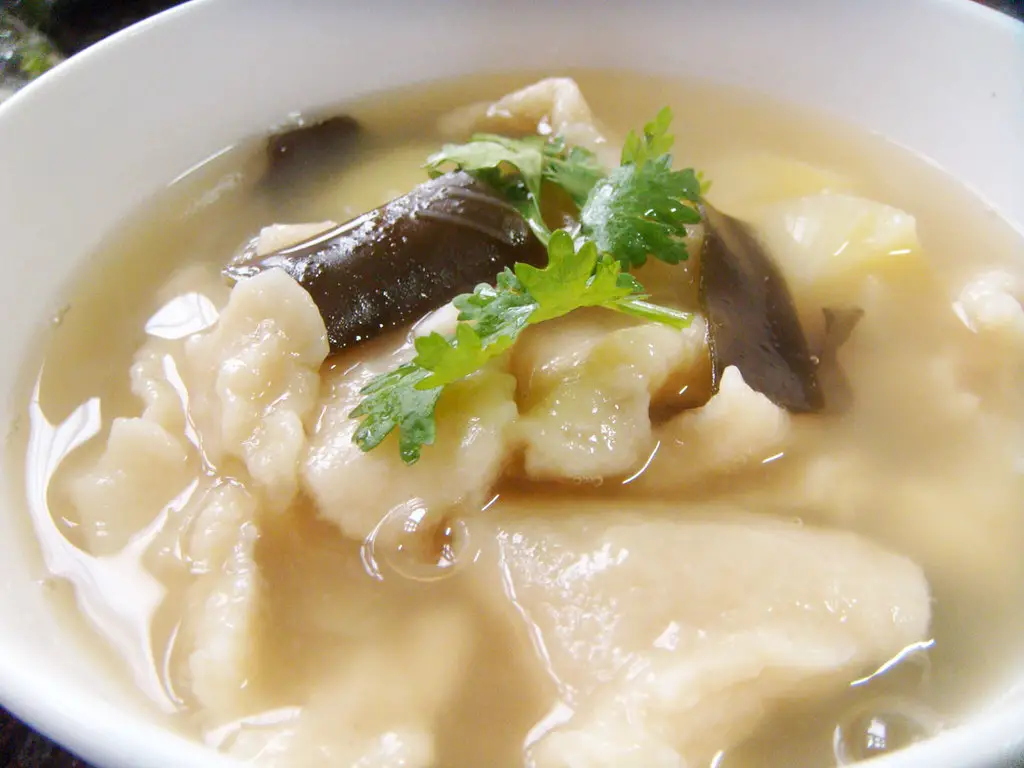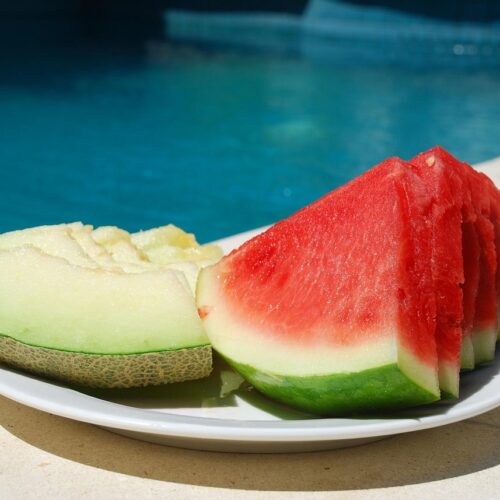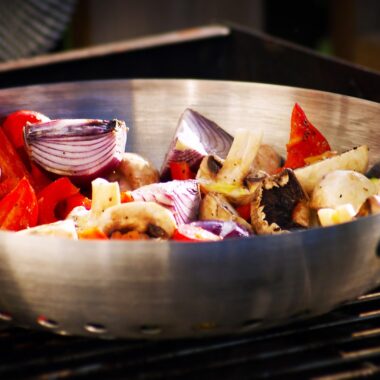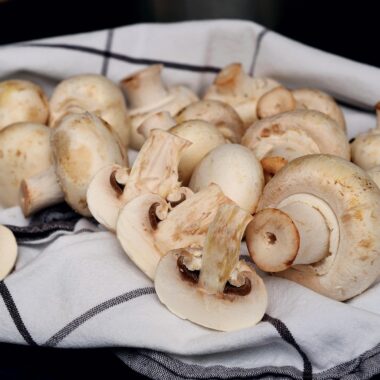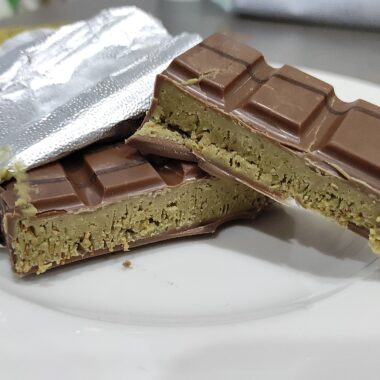Cheese is one of the most versatile and beloved foods in the world, with thousands of varieties offering unique flavors, textures, and aromas. From creamy and mild to sharp and pungent, cheese can elevate a simple meal or stand alone as a culinary delight. This article explores 20 delicious types of cheese, their characteristics, and the best ways to enjoy them, whether on a cheese board, in recipes, or paired with complementary flavors.
1. Cheddar
Cheddar, originating from England, is a firm, cow’s milk cheese with a range of flavors from mild to extra sharp, depending on its aging. Its texture is smooth but becomes crumbly with age, and its color varies from pale yellow to deep orange.
Best Ways to Enjoy: Pair sharp cheddar with crisp apples or pears for a sweet-savory balance. Use it in grilled cheese sandwiches, shred it over nachos, or cube it for a cheese board with nuts and crackers.
2. Brie
Brie, a soft, creamy cheese from France, is made from cow’s milk and has a bloomy, edible rind. Its flavor is mild and buttery when young, becoming earthier as it ripens.
Best Ways to Enjoy: Serve at room temperature with crusty baguette or fruit preserves. Bake brie in puff pastry with honey and walnuts for a decadent appetizer. Pair with sparkling wine or champagne for a luxurious treat.
3. Gouda
Gouda, a Dutch cheese, is semi-soft to hard, made from cow’s milk. Young Gouda is creamy and mild, while aged Gouda develops a caramel-like sweetness with crunchy tyrosine crystals.
Best Ways to Enjoy: Slice young Gouda for sandwiches or melt it over potatoes. Aged Gouda shines on a cheese board with dried fruits and a glass of red wine. Try smoked Gouda in mac and cheese for a bold twist.
4. Parmesan (Parmigiano-Reggiano)
Parmesan, a hard, granular cheese from Italy, is made from cow’s milk and aged for at least 12 months. Its nutty, salty flavor intensifies with age.
Best Ways to Enjoy: Grate over pasta, risottos, or Caesar salads. Shave thin slices for a cheese board with prosciutto and figs. Pair with a robust red wine like Chianti or a balsamic vinegar drizzle.
5. Blue Cheese
Blue cheese, such as Roquefort, Gorgonzola, or Stilton, is characterized by its blue-green veins and pungent, tangy flavor. Made from cow, sheep, or goat’s milk, it ranges from creamy to crumbly.
Best Ways to Enjoy: Crumble over salads or steaks for a bold kick. Pair with honey, pears, or walnuts on a cheese board. Serve with a sweet dessert wine like Port to balance its intensity.
6. Mozzarella
Mozzarella, an Italian cheese, is soft and fresh when made traditionally (buffalo mozzarella) or semi-soft when mass-produced (cow’s milk). It’s mild, milky, and slightly stretchy.
Best Ways to Enjoy: Use fresh mozzarella in Caprese salads with tomatoes, basil, and olive oil. Melt it on pizza or in lasagna. Pair with a light white wine like Pinot Grigio.
7. Camembert
Camembert, a soft, bloomy-rind cheese from France, is similar to Brie but with a slightly funkier, earthier flavor. It’s made from cow’s milk and ripens to a creamy texture.
Best Ways to Enjoy: Serve at room temperature with grapes or crusty bread. Bake with garlic and herbs for a warm, gooey dip. Pair with a fruity red wine like Beaujolais.
8. Gruyère
Gruyère, a Swiss cheese, is a firm, cow’s milk cheese with a nutty, slightly sweet flavor that becomes more complex with age. It melts beautifully.
Best Ways to Enjoy: Use in fondue or French onion soup for its excellent melting qualities. Slice for a cheese board with dried apricots. Pair with Chardonnay or a light ale.
9. Feta
Feta, a Greek cheese, is brined and made from sheep’s or goat’s milk. It’s crumbly, tangy, and salty, with a bright, fresh flavor.
Best Ways to Enjoy: Crumble over Greek salads or roasted vegetables. Use in spanakopita or stuffed peppers. Pair with olives and a crisp Sauvignon Blanc.
10. Goat Cheese (Chèvre)
Goat cheese, or chèvre, is a soft, creamy cheese made from goat’s milk. Its flavor ranges from mild and tangy to sharp and earthy, depending on age.
Best Ways to Enjoy: Spread on crostini with honey and thyme. Crumble into salads with beets or berries. Pair with a Sancerre or other crisp white wine.
11. Manchego
Manchego, a Spanish cheese, is made from sheep’s milk and has a firm texture with a nutty, slightly sweet flavor. It’s aged from a few months to over a year.
Best Ways to Enjoy: Slice thinly for a cheese board with quince paste (membrillo). Use in tapas with chorizo. Pair with a Spanish Rioja or sherry.
12. Havarti
Havarti, a Danish semi-soft cheese, is made from cow’s milk and has a buttery, mild flavor. Some varieties are infused with herbs or dill.
Best Ways to Enjoy: Slice for sandwiches or burgers. Melt into creamy sauces or casseroles. Pair with fresh fruit and a light lager.
13. Ricotta
Ricotta, an Italian cheese, is soft and creamy, made from the whey of cow’s or sheep’s milk. It’s mild and slightly sweet, with a grainy texture.
Best Ways to Enjoy: Use in lasagna, stuffed pasta, or cheesecake. Spread on toast with honey and figs. Pair with a Moscato for dessert.
14. Pecorino Romano
Pecorino Romano, an Italian hard cheese, is made from sheep’s milk and has a sharp, salty flavor. It’s often grated over dishes.
Best Ways to Enjoy: Grate over cacio e pepe or carbonara. Serve shaved with fresh fava beans. Pair with a bold Italian red like Sangiovese.
15. Emmental
Emmental, a Swiss cheese, is known for its large holes and mild, nutty flavor. It’s made from cow’s milk and has a semi-firm texture.
Best Ways to Enjoy: Use in Swiss fondue or grilled sandwiches. Cube for a cheese board with pickles. Pair with a crisp white wine like Riesling.
16. Provolone
Provolone, an Italian semi-hard cheese, is made from cow’s milk and ranges from mild and sweet to sharp and smoky when aged.
Best Ways to Enjoy: Slice for antipasto platters with salami. Melt in panini or over casseroles. Pair with a medium-bodied red wine like Merlot.
17. Mascarpone
Mascarpone, an Italian cream cheese, is rich, velvety, and slightly sweet, made from cow’s milk. It’s used in both savory and sweet dishes.
Best Ways to Enjoy: Use in tiramisu or as a base for creamy sauces. Spread on toast with berries. Pair with a sweet sparkling wine like Prosecco.
18. Taleggio
Taleggio, a semi-soft Italian cheese, is made from cow’s milk and has a pungent aroma with a mild, fruity flavor. Its rind is edible but often removed.
Best Ways to Enjoy: Melt over polenta or risotto. Serve on a cheese board with grapes. Pair with a bold red wine like Barolo.
19. Burrata
Burrata, an Italian cheese, is a fresh mozzarella shell filled with creamy stracciatella. It’s rich, buttery, and indulgent.
Best Ways to Enjoy: Serve with heirloom tomatoes, olive oil, and balsamic. Spread on crusty bread. Pair with a light rosé.
20. Cotija
Cotija, a Mexican cheese, is crumbly and salty, made from cow’s milk. It’s often used as a topping for savory dishes.
Best Ways to Enjoy: Crumble over tacos, elote, or beans. Use in salads for a salty kick. Pair with a Mexican lager or tequila.
Tips for Enjoying Cheese
- Serving Temperature: Soft cheeses like Brie and Camembert are best at room temperature, while hard cheeses like Parmesan can be served slightly chilled.
- Cheese Boards: Create a balanced cheese board with a variety of textures (soft, semi-soft, hard) and flavors (mild, sharp, pungent). Add nuts, fruits, and crackers for contrast.
- Pairing: Match cheese with complementary beverages—white wines for milder cheeses, reds for bolder ones, and beers or ciders for versatile pairings.
- Storage: Wrap cheese tightly in wax paper or parchment, then store in an airtight container to maintain freshness. Avoid plastic wrap, which can trap moisture.
Conclusion
Cheese is a culinary treasure that offers endless possibilities for enjoyment. Whether you’re savoring a creamy Brie with fruit, melting Gruyère into fondue, or crumbling Cotija over tacos, each variety brings its own unique character to the table. Experiment with these 20 cheeses, try new pairings, and discover your favorites to elevate your meals and gatherings.
